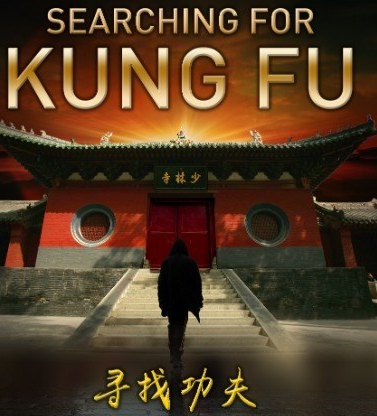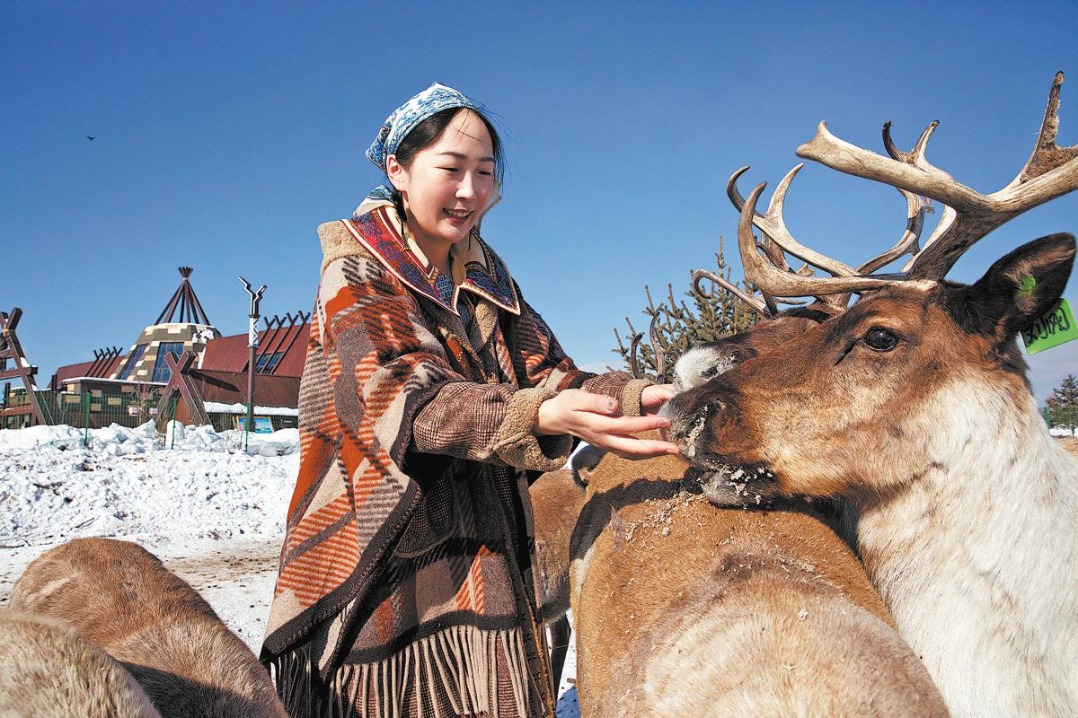Overseas movie depicts quest for heart of kung fu


BEIJING-What comes to mind when you think of kung fu? If your mind is filled with images of Shaolin monks, Bruce Lee, jaw-dropping stunts or Kung Fu Panda, you are not wrong. But for Laurence J. Brahm, a documentary filmmaker from the United States, the first thing that springs to mind is the concept of nonviolence.
"Wushu, the official Chinese name for kung fu, has been translated into 'martial arts' in English. Martial means military," Brahm told a roomful of people attending the premiere of his latest work, Searching for Kung Fu.
As Brahm explained, if you break down the character wu, it consists of two characters: one is ge, meaning "dagger-ax", and the other is zhi, meaning "to stop". So, the meaning of martial arts in Chinese is not the "art of fighting", a notion that many people take for granted. On the contrary, he said, kung fu is the art of stopping fighting, the art of nonviolence.
In the movie, Brahm takes the audience on a kind of pilgrimage, inviting them to accompany him as he travels to a host of historically important locations in search of the origin of kung fu.
Beyond that, Brahm delves into the principles and values embedded in this Chinese cultural legacy, which dates back thousands of years but retains its enormous influence and attraction to this day.
Get to the root
The decision to produce Searching for Kung Fu was not impulsive. Brahm has a fourth-degree black belt in karate and has been practicing various Chinese kung fu styles for more than 40 years. The movie is the culmination of his passion, insight and discoveries.
Brahm's relationship with kung fu dates back to the 1970s when he was a karate student in Hawaii.
"My master always told me that if you want to fully understand karate, you have to go to Shaolin in China. That's where the origin is," Brahm said. "Karate was developed in Okinawa under the influence of both northern and southern Shaolin. I wanted to get to the root of it."
Brahm embarked on a quest across the Pacific Ocean to go to Shaolin and learn about martial arts. In 1981, two years after China and the United States established diplomatic relations, Brahm landed in Tianjin and became a student at Nankai University. Later that year, he managed to visit the Shaolin Temple for the very first time.
Today's Shaolin, situated at the foot of Songshan Mountain in Henan province, is something of a shrine to kung fu. Hundreds of thousands of martial arts practitioners, fans and other adventurers visit every year.
"But at that time, very few people were there training in martial arts. I discovered that there were many masters out there, but they were quiet. People were learning, but it was very hidden. People were just beginning to reawaken to their own culture and the martial arts," Brahm said.
He retreated from the mountain, a little disappointed at not finding the martial arts paradise he expected. But his passion for kung fu and his desire to find out more were stronger than ever before.
Over the following decades, he spent time as a lawyer, government adviser, explorer and film director, actively participating in and recording China's development.
Throughout the years, there remained one constant: his commitment as an avid student of kung fu, spanning tai chi, Wing Chun and Jeet Kune Do, among a host of other forms, learning under some of the best kung fu masters in China.
"I trained in many different styles over the years to understand all of them," Brahm said.
The thought of making a documentary about kung fu had been in the back of his mind for years. In 2018, he found a producer, and the dream became a reality.
Filming started in May 2019, with Brahm and his team traveling to several locations: the Shaolin Temple, the origin of a large variety of forms of kung fu; Chenjiagou village in Henan, the ancestral home of Chen-style tai chi; and Jingwu town in Tianjin, the hometown of kung fu legend Huo Yuanjia. He also took in several other locations around China that have some significance in the story of martial arts.
"I think, to me, what's really important was going back to Shaolin," Brahm said. "There was almost a reason for not wanting to go back. I had to wait for the right time."
This time, he said he was "really happy" to see Shaolin rebuilt and martial arts thriving. He spent time with Shi Deyang, a 31st generation practitioner of Shaolin kung fu.
"You know, to be with him over those days in Shaolin, to be able to train with him, work with him, talk with him, and look at the origins-we went up to the Bodhidharma Cave and practiced up there-this is a really important moment in my life," Brahm said.
"We found out that taekwondo, karate and many, many different styles all recognize that Shaolin is the source, and it goes back at least to the Yuan Dynasty (1271-1368)," Brahm said, citing written records in the Pagoda Forest at the Shaolin Temple showing that people came from other countries to visit hundreds of years ago.
- Two dead, 84 injured, eight missing after blast at steel factory in Inner Mongolia
- Xinjiang prunes transform desert to oasis
- Return capsule of Shenzhou XX spaceship safely returns to Earth
- Factory blast in China's Inner Mongolia kills 2, missing rises to 8, 84 injured
- Urumqi to host youth winter games
- China's satellite data shows iceberg A23a in final stage of disintegration




































